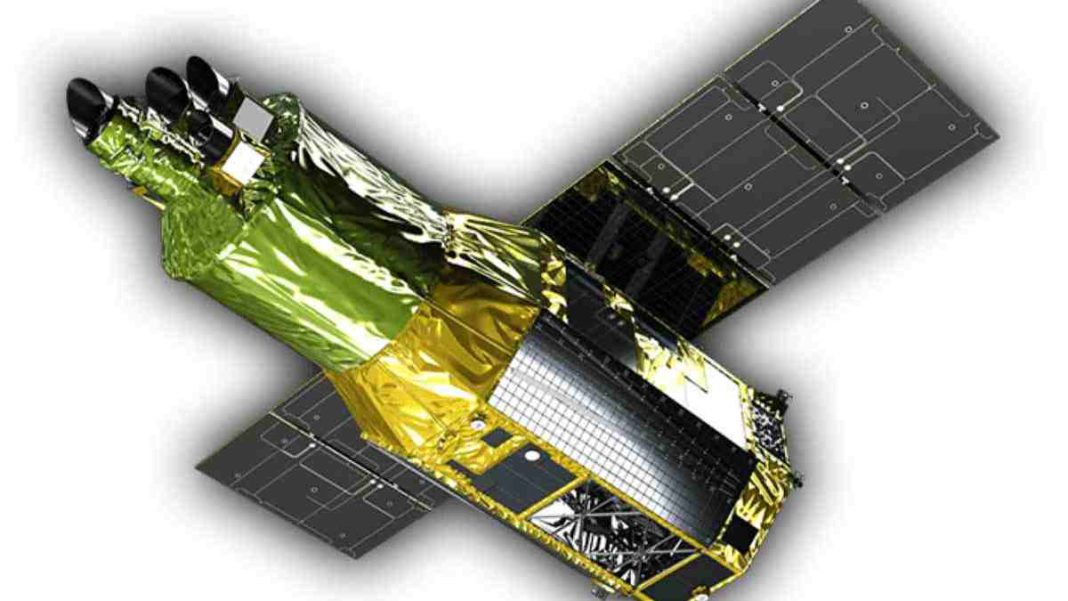UNITED STATES/JAPAN: A new satellite, known as XRISM (X-ray Imaging and Spectroscopy Mission), is set to revolutionize our understanding of the universe’s most enigmatic and energetic objects.
The Japan Aerospace Exploration Agency (JAXA) will lead a mission to reveal the mysteries of the X-ray spectrum in cooperation with NASA.
Scheduled to launch from Japan’s Tanegashima Space Center on August 25, 2023, this ambitious endeavor aims to shed light on black holes, galaxy clusters, and the aftermath of stellar explosions.
At the heart of this scientific quest lies Resolve, an extraordinary instrument developed jointly by NASA and JAXA. With Resolve’s innovative X-ray microcalorimeter spectrometer, scientists will be able to dissect high-energy light into its constituent components, akin to revealing an X-ray rainbow.
By measuring minuscule temperature changes occurring when X-rays strike its 6-by-6-pixel detector, Resolve unveils crucial information about the X-rays’ energy and properties.
To achieve these precise measurements, the detector must cool down to a mere fraction of a degree above absolute zero, reaching a bone-chilling temperature of around minus 460 degrees Fahrenheit (minus 270 degrees Celsius).
In preparation for its cosmic journey, Resolve underwent meticulous calibration at Japan’s Tsukuba Space Center. Scientists meticulously characterized Resolve’s performance at temperatures close to absolute zero, enabling them to fully grasp the instrument’s subtle characteristics.
This knowledge will prove invaluable once Resolve is deployed in space, as it will empower scientists to unravel the mysteries of the universe by analyzing the data collected by XRISM.
Resolve’s true power lies in its ability to capture thousands, if not millions, of X-rays emitted by celestial objects. These X-rays are then transformed into high-resolution spectra, which represent measurements of light intensity across a range of energies.
Just as prisms disperse visible light into a vibrant spectrum of colors, Resolve’s spectroscopy capabilities will provide an unprecedented level of detail in analyzing the energies of X-rays, allowing scientists to discern the composition, motion, and physical states of cosmic phenomena.
Brian Williams, NASA’s XRISM project scientist at Goddard, expressed his excitement about the mission’s potential, stating, “The spectra XRISM collects will be the most detailed we’ve ever seen for some of the phenomena we’ll observe.”
With Resolve’s precision, scientists will venture into the most challenging realms of astrophysics, including the internal structures of neutron stars and the near-light-speed particle jets generated by black holes in active galaxies.
JAXA’s second instrument for XRISM, Xtend, complements Resolve’s abilities. Xtend bestows upon XRISM one of the broadest fields of view among X-ray imaging satellites, enabling it to observe an area approximately 60% larger than the average apparent size of the full Moon.
This expansive field of view enhances XRISM’s capacity to capture a wealth of cosmic data, further enriching our understanding of the universe’s hidden secrets.
XRISM is an ambitious collaborative effort between JAXA, NASA, and the European Space Agency (ESA), with the Canadian Space Agency also contributing to the scientific endeavors of the mission.
As the launch date approaches, anticipation builds for the remarkable insights and discoveries XRISM will bring.
With its ability to unravel the X-ray rainbow and delve into the mysteries of the cosmos, XRISM stands poised to revolutionize our understanding of the universe’s most captivating phenomena and propel us into a new era of astrophysical exploration.
Also Read: SpaceX’s Starlink Satellites Found to Leak Radiation, Raising Concerns for Astronomical Research



